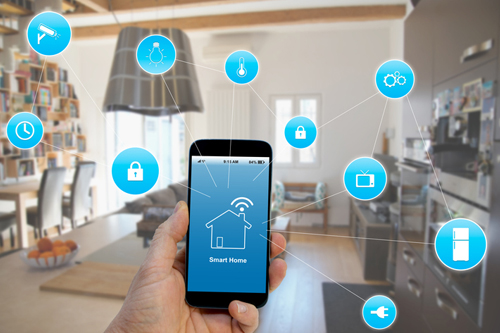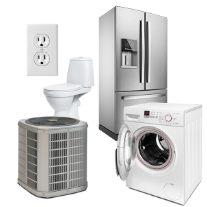A Beginner’s Guide to Smart Home Automation
You’ve read about smart home technology such as thermostats, plugs, appliances and security systems. But what’s the best way to get started? Here’s what you should know before you invest in home automation.
Making a Smart Plan
Homeowners who rush into automation tend to experience all sorts of unexpected problems and inefficiencies. A professional planning and installation service can help you avoid these types of issues, however, they are also likely to hit you with a lot of needless upsells and unnecessary fees.
You can save money by automating your home yourself if you have a good plan. To streamline your home automation system and avoid hiccups, you will need to consider the following:
- What do you want? Do you need every part of your home to be smart or just your kitchen and living room? Try to envision your smart home at work before you start spending money.
- What’s realistic? These days, it’s possible to enhance your home with smart features that seem straight out of a science fiction movie. In reality, most of these features are expensive and unnecessary. Most homeowners are content with a few basic enhancements, including smart locks, lights and appliances. If you have a grander strategy, consider enlisting the help of a professional.
- Is your Wi-Fi up to the task? Your smart features won’t function as expected without a good wireless connection. You don’t have to have the latest, greatest router, but you do need one that can work with the latest technology. Make sure your Wi-Fi is capable of fueling your smart features so you won’t get frustrated with poor performance and delayed response times.
- Do you have the time? Don’t expect to have your home automation system set up in a matter of minutes. You will need to plug in your devices, connect them to your network and set each one up according to the manufacturer’s recommendations. You will also need to test each one and iron out any inevitable issues as they arise.
Bringing Your Vision to Life
What do you want to achieve with your smart home? Do you simply want the power to control lights with your smartphone, or do you want a robot vacuum working one floor of your home, while you use Alexa-enabled devices to adjust lighting and mood in the living room?
While you can always start small, it’s generally best to have a complete vision so you won’t have too many hubs to contend with.
Choosing a Hub
Some homeowners work with a hybrid smart home environment that includes an array of hubs (Apple Home, Alexa, Wink, Samsung SmartThings:). While this can work, it tends to become confusing and complicated over time. It’s generally better to test a few options and choose the one that feels most intuitive to you. If you love your iPhone, Apple Home will probably feel more compatible. On the other hand, if you enjoy commanding your home by voice, Amazon’s Alexa may be a better option.
Whatever hub you choose, be sure to purchase compatible smart technology. Check the labels on smart plugs, thermostats, lights and locks before you buy. If you run into a jam, you will generally find a support number or chat URL listed on the product packaging or app.
In most cases, setup is relatively easy. That said, if you have an especially bold vision for your home automation system that includes cutting-edge gear, you should consider seeking assistance from a reputable vendor who can harmoniously integrate each feature inside your home and then show you how to use them.
2-10 HBW offers the most comprehensive Home Warranty coverage for homeowners. Let us help you protect your home.








